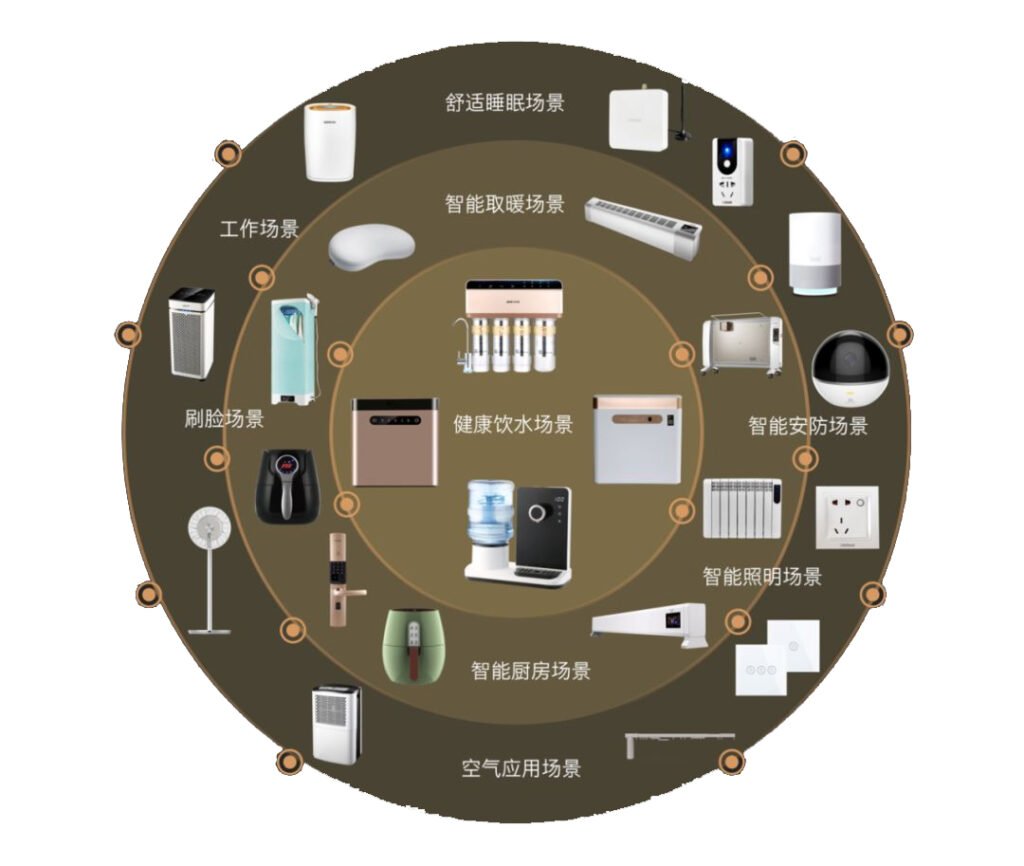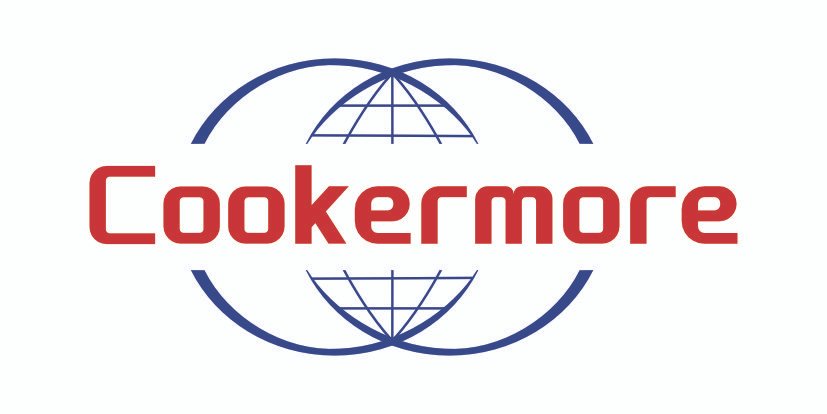As technology rapidly advances and living standards improve, household appliances have become an indispensable part of people’s lives. However, due to the diversification of consumer demands and increasing market competition, it is increasingly necessary for household appliance companies to perform market segmentation and target customer positioning to better meet consumer needs and enhance market competitiveness.

Market Segmentation of Household Appliances
Market segmentation refers to dividing a broad market into several sub-markets that have similar needs and characteristics. For the household appliance industry, market segmentation can be performed from multiple dimensions, such as product type, price, consumer characteristics, etc.
Firstly, from the product type perspective, household appliances can be divided into several sub-markets such as major appliances and small appliances. Major appliances like refrigerators, washing machines, and air conditioners usually have a larger size and higher price, and consumers have higher demands for their quality, performance, and brand. Small appliances like rice cookers, juicers, and vacuum cleaners, although smaller in size, are diverse in types and functions, meeting a variety of consumer needs.
Secondly, from the price dimension, the household appliance market can be segmented into high-end, mid-range, and low-end markets. The high-end market targets consumers who pursue quality, brand, and service, with products that often feature advanced technology, superior performance, and luxurious appearances. The mid-range market caters to the majority of consumers with stable performance and reasonable prices. The low-end market mainly satisfies price-sensitive consumers with products that are practical and relatively cheaper.
Additionally, market segmentation can also be based on consumer characteristics such as age, gender, region, and income level. For example, younger consumers might prefer household appliances with smart and connected features, while older individuals may prioritize ease of use and after-sales service.
Positioning of Target Customers

Target customer positioning refers to a company selecting one or more sub-markets as its target market based on the results of market segmentation and tailoring its product, pricing, distribution, and promotional strategies to the characteristics of consumers in these markets.
Firstly, companies need to clearly define their target customer groups. This requires consideration of the company’s product characteristics, brand image, and market positioning. For example, if a company targets the high-end market, its target customer group might be middle to high-income individuals seeking quality living; if targeting the low-end market, the target customer group might be price-sensitive consumers.
Secondly, companies need to deeply understand the needs and behavior characteristics of their target customers. This can be achieved through market research and customer profiling. Understanding target customers’ age, gender, occupation, income level, and purchasing habits helps companies better grasp market demands and formulate targeted marketing strategies.
Next, companies should develop appropriate product strategies based on the needs and behavior characteristics of their target customers. This includes aspects of product design, functionality, performance, and appearance. For instance, targeting young people, companies might introduce appliances with smart and connected features to meet their demands for technology and convenience; targeting the elderly, companies may focus on the usability and after-sales service of their products to ensure easy use and reliable support.

Furthermore, companies also need to develop suitable pricing strategies, channel strategies, and promotional strategies. Pricing strategies should be based on the purchasing power and price sensitivity of target customers; channel strategies should consider the purchasing habits and convenience of target customers; promotional strategies should be tailored to the interests and needs of target customers to attract their attention and induce purchases.
Significance of Market Segmentation and Target Customer Positioning

Market segmentation and target customer positioning are of significant importance for household appliance companies. Firstly, through market segmentation, companies can gain a deeper understanding of consumer needs and differences, thus formulating more precise product and marketing strategies. Secondly, target customer positioning helps companies focus resources on marketing to specific customer groups, improving marketing efficiency and effectiveness. Lastly, market segmentation and target customer positioning help companies establish a unique brand image and market position, enhancing brand recognition and competitiveness.
Market segmentation and target customer positioning are key components of a company’s marketing strategy. Through effective market segmentation and target customer positioning, companies can better meet consumer needs and enhance market competitiveness. Therefore, household appliance companies should actively monitor market dynamics and changes in consumer demands, continuously adjusting and optimizing their market segmentation and target customer positioning strategies to adapt to the evolving market environment.
In the future, as technology progresses and consumer demands evolve, competition in the household appliance market will intensify. Companies should continue to monitor market dynamics and technology trends, constantly innovating products and services to meet diverse consumer needs. Additionally, companies should strengthen brand building and marketing efforts to enhance brand recognition and reputation, winning more consumer trust and support.







